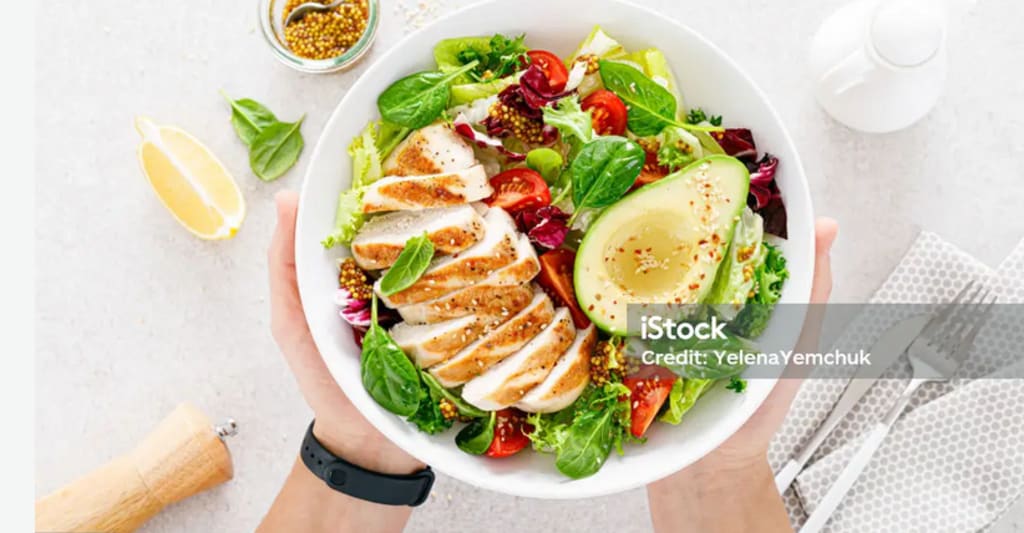Kitchen Chemistry
Exploring culinary reactions and transformations

Step into the kitchen, and you enter a realm where ingredients transform, textures evolve, and flavors undergo a metamorphosis—welcome to the enchanting world of kitchen chemistry. Beyond the artful arrangement of ingredients, there exists a symphony of reactions and transformations that turn the mundane into the extraordinary. Join us on a culinary adventure as we unravel the magic of kitchen chemistry, where science meets flavor, and every dish becomes a canvas for gastronomic alchemy.
At the heart of kitchen chemistry lies a dance of molecules, a choreography of reactions that unfold with precision as heat, acids, and enzymes work their magic. Take, for instance, the browning of meat on a sizzling pan—the Maillard reaction at play. This complex chemical ballet between amino acids and reducing sugars produces the golden-brown crust that not only enhances flavor but also creates a visual feast for the eyes.
Rising dough in the warmth of the oven is another captivating act in the kitchen chemistry playbook. Yeast, a microscopic marvel, ferments sugars in the dough, releasing carbon dioxide gas that causes the dough to expand and rise. The result is not just a loaf of bread with a fluffy interior but an aromatic creation that tantalizes the senses, courtesy of the transformative powers of fermentation.
In the realm of emulsions, where oil and water play the leading roles, kitchen chemistry orchestrates the creation of creamy dressings and velvety sauces. The secret lies in the emulsifying agents—molecules that bridge the gap between oil and water, creating stable mixtures. Witness the alchemy as egg yolks in mayonnaise or mustard in vinaigrettes work their emulsifying magic, transforming disparate elements into harmonious blends.
Acid-base reactions, fundamental in kitchen chemistry, lend a tangy twist to both sweet and savory creations. Consider the effervescent joy of baking soda reacting with acidic ingredients in a cake batter, producing carbon dioxide that gives rise to a light and fluffy texture. Conversely, in the pickling process, acids transform raw vegetables into vibrant, tangy delights, preserving flavors for future enjoyment.
The marriage of fats and heat in the process of frying is a mesmerizing display of kitchen chemistry in action. As food meets hot oil, water content evaporates, allowing the Maillard reaction to unfold, creating a crispy exterior while preserving moisture within. It's a delicate balance, a culinary waltz between temperature and time that results in delectable delights like golden fries or perfectly fried chicken.
In the realm of molecular gastronomy, a subfield of kitchen chemistry, chefs elevate culinary experiences by harnessing scientific principles to create avant-garde dishes. Liquid nitrogen may flash-freeze ingredients, creating ethereal textures, while sous-vide cooking ensures precise control over temperature, producing tender and succulent dishes. It's a playground where chefs push the boundaries of traditional cooking, turning the kitchen into a laboratory of innovation.
The transformative power of kitchen chemistry extends to the realm of baking, where seemingly ordinary ingredients undergo a metamorphosis in the heat of the oven. Consider the flaky layers of a croissant, achieved through the intricate interplay of butter and dough in a process known as lamination. Each delicate layer is a testament to the meticulous balance of ingredients and techniques.
Infusions, a method that involves extracting flavors from ingredients using a solvent like oil, water, or alcohol, showcase the essence of kitchen chemistry. Whether it's herbs steeped in olive oil, vanilla beans in alcohol, or spices in water, infusions capture the aromatic and flavorful compounds, creating potent elixirs that enhance the complexity of dishes with just a few drops.
In conclusion, the magic of kitchen chemistry transforms the act of cooking into a captivating journey where ingredients become players in a symphony of reactions and transformations. From the Maillard reaction to emulsions, acid-base reactions to frying, the kitchen is a laboratory where science and art converge. As you embark on your culinary adventures, let the understanding of kitchen chemistry be your guide—a key to unlocking the potential of flavors, textures, and aromas that turn every dish into a masterpiece of gastronomic alchemy.
About the Creator
Enjoyed the story? Support the Creator.
Subscribe for free to receive all their stories in your feed. You could also pledge your support or give them a one-off tip, letting them know you appreciate their work.





Comments
There are no comments for this story
Be the first to respond and start the conversation.